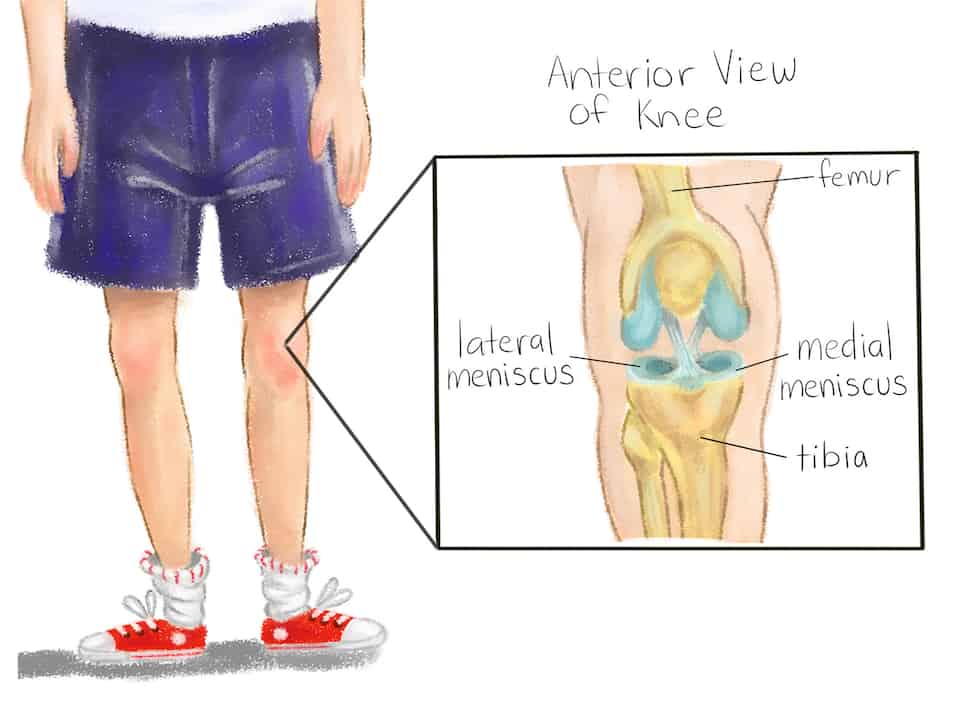Meniscal tears are one of the most common knee-related injuries that athletes can suffer from throughout their career.
We have a lateral and a medial meniscus in each of our knee joints. Coming from the Greek word “meniskos” — meaning crescent — the menisci are the crescent-shaped cartilage tissues that exist between the femur and the tibia bones. The lateral meniscus is found in the outer side of the knee, while the medial meniscus is located closer to the internal side. Both menisci are important for athletes in particular because they act as shock absorbers for their knees. Anytime an athlete jumps, runs, or puts any significant pressure on the joint, the meniscus absorbs as much of the shock as possible.
Tears and Methods of Treatment
Pain, swelling, locking, and loss in range of motion are the primary symptoms of a torn meniscus. Detectable by an MRI, if the tear is located in the right spot, sometimes the only viable solution is reparative surgery. However, if the tear is located somewhere with plenty of blood supply, the body is often able to heal the injury with the help of physical therapy.
There are several types of meniscal tears — the kind of treatment an athlete receives is dependent on the size, severity, and location of the tear, as well as the age, health, and activity level of the patient. For the more serious case, arthroscopic surgery — a meniscectomy — is the common way of treating a the tear, involving removing any meniscus fragments and smoothing the edges of the tear. The tears can also be repaired by stitches — however, both methods have their downsides and may not lead to a full recovery.
Physical Therapy
Proper and regular physiotherapy is critical after meniscal tear surgery. Strengthening the quads, hamstring, and the glutes on the injured leg is the go-to way of getting back into the game. For patients who have undergone a meniscectomy, the usual recovery time can vary depending on the athlete, but is usually anywhere between six to eight weeks. However, the knee becomes more vulnerable to contact and shock after surgery, which has the potential to lead to knee arthritis in latter years.
Athletes can have to wait up to six months to return to their regular sports-related activities; it takes quite a long time for the tear in meniscus to completely heal after surgery. With the right treatment, knowledge, and care, however, athletes can rehab a meniscus tear and get back into the game.


